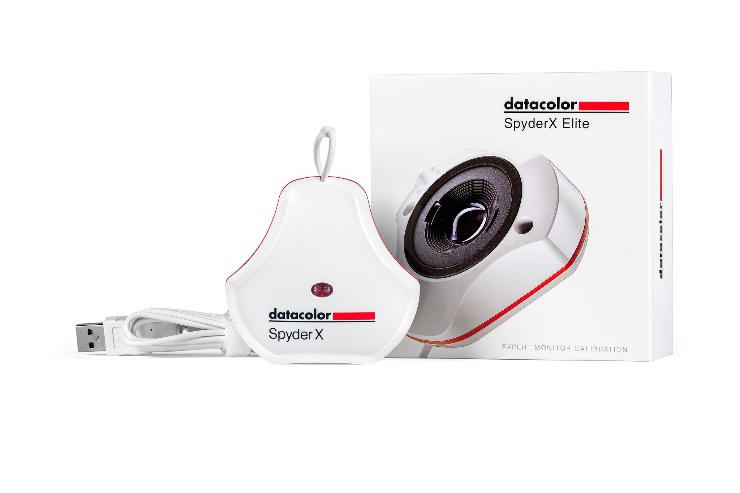

The offsets may be more accurate, but the reference (in this case, the i1 pro) won't be.
#Colormunki display vs spyder 3 pro pro
The advantage of profiling with something like an i1 pro on one's own display is that the offsets are tailored to that particular display.īut in cases where disparity between displays is not that significant, the increased accuracy of the reference grade calibration may result in superior performance for the colorimeter out of the box compared to profiling it oneself against a budget spectro. The factory calibrated colorimeter has the advantage of being profiled againts a lab grade reference spectro, which is clearly superior to an i1 pro. Yea, it seems that this is a bit of an open question. Short: You can buy and use this probe without to be worried about accuracy problems out of the box. That doesn't make the i1 Pro a totally bad choice for display measurements – but limits its accuracy.įurthermore general limitations of current colorimetry (in particular observer metamerism) have bigger impacts than absolute errors in the range of a i1 Display Pro compared to a an ideal reference and current display technologies. In addition to this some other limitations exist.

#Colormunki display vs spyder 3 pro iso
Its optical bandpass does not match the recommendations for luminous color measurements (see ISO 12646, ISO 3664). When comparing the data with reference measurements you should keep in mind that the often used i1 Pro is a consumer instrument mainly designed for surface color measurements. X-Rite ships the i1 Display Pro with different generic characterization sets which will lead to absolute sufficient measurement results regarding all kind of computer LCDs (CCFL, WCG-CCFL, W-LED, GB-r-LED, RGB-LED). That approach even allows for evaluating the colorimetric data of a color stimulus under different observer functions (otherwise limited to spectral measurements). Click to expand.The i1 Display Pro has an advantageous filter design (quite close to the color-matching functions of the 2 degree CIE standard observer) and implements a processing system based on spectral characterizations instead of a simple 3x3 matrix directly applied to the tristimulus values.


 0 kommentar(er)
0 kommentar(er)
